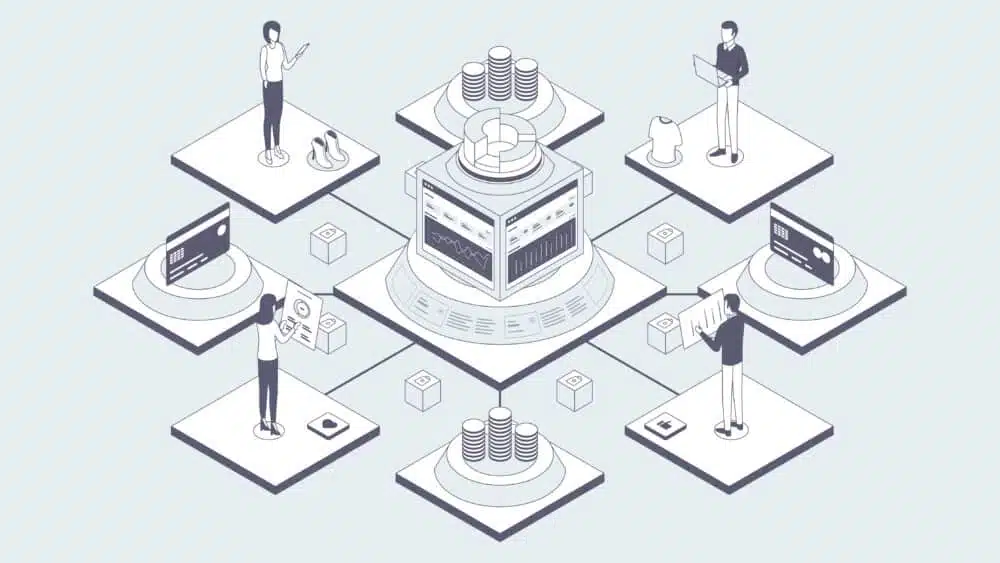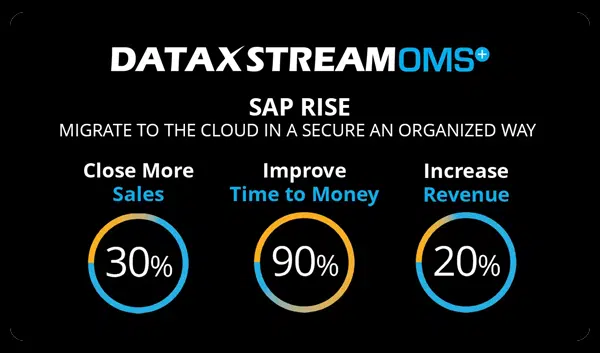Historically the wholesale and manufacturing arena has been slow to adapt what most would often consider an antiquated system. For some, these updates are a greater upheaval than others. When you push off the transition to a unified commerce ecosystem you increase the learning curve that would otherwise be incremental, now- a complete overhaul of your systems within an impossible timeline.
Unified commerce is no longer a technology of the future, unified commerce is the standard today. The movement has already changed the way customers interact within a storefront and shifted expectations subsequent to the ecommerce boom. Enterprise organizations have transitioned to a unified commerce model and soon big players in the retail, manufacturing, and distribution will fall in line if they haven’t already.
Often their competition isn’t the mom-and-pop store across town, it’s the enterprise companies like Amazon their CSRs are up against. Companies like Amazon, through many efforts, including the acquisition of Wholefoods, have entered the world of unified commerce as they have eliminated the touchpoint of an integrated bolt-on applications. This ease of their sales channel cohesion, leveraging available data, created the customer-centric approach that keeps Amazon on top of the market. Mirroring these trailblazer’s methods by welcoming change and adapting to external factors is the proactive approach to market agility that every company should strive for.
That said, not every business is Amazon. To give your company the best chance to stay afloat, automating processes and increasing visibility between channels allow employees to do their job better. Unified Commerce streamlines the point-of-sale process for CSRs by improving the foundation of your sales cycle; improving your system from its foundation.
Companies won’t survive the test of time because they are large or the fastest to infiltrate a market- the companies that survive will be due to agility. This translates today to companies that are late adopters of digital transformation. Even early adopters of new ERP systems and on-premise software are still at risk. Agility does not mean change for the sake of change or taking risk on a new software just because it is new. Calculated decisions to further your business with tried and true systems are why companies across the globe are adopting omnichannel and unified commerce sales channels. How do you know what will pay off and what will cost you: see the value, make the change.
Most see the migration to a new system as a guaranteed cost with no guaranteed reward. In business, very little reward is guaranteed, and you would be hard-pressed to find a business decision with no risk. So why make that change now? Without change at all you are putting your company at risk to lose more, while giving your competitors doing your job and doing it better.
As we have seen in the e-commerce and retail spaces, unified commerce is being utilized and adopted by big name brands. These leaders are not only setting the trend for others to follow, but also raising customer standards to a bar that single and even multi-channel can’t- and won’t ever- be able to reach. When it comes to unified commerce, you see the value not only in the bottom line but in the data leverage, ease of visibility, and cohesive customer experience. Give your organization and CSRs their chance at success with unified commerce.




